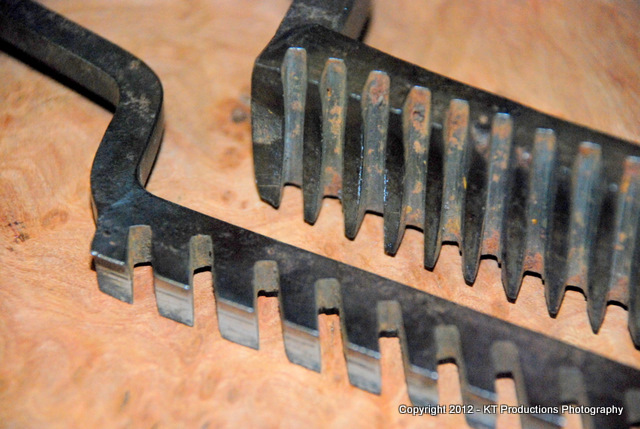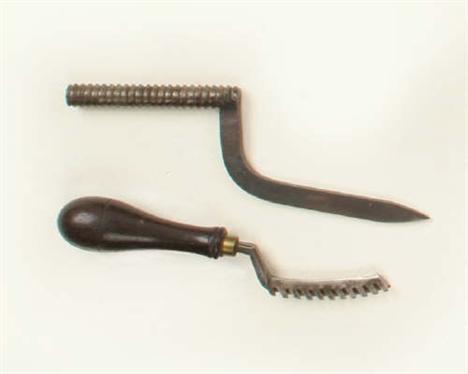Ok, this may be relevant to some people, irrelevant to others but here goes.
I just remembered another place to look for information on various floats, what they were used for and how they were sharpened.
Back in 1847 Charles Holzapffel, maker of ornamental lathes and fine tools, published the first volume of what was going to be a six volume survey of materials and how they could be worked. Confusingly, the overall title of the series was "Turning and Mechanical Manipulation" - maybe so people who bought his lathes would buy his books - but the scope was always wide. Volume 2 covers all types of hand and machine cutting tools, including saws, planes, files etc. The series contains an extraordinary range of practical detail on how tools were made and used.
Charles died before completing the project, but his son John Jacob published volumes 4 and 5. Volume 6, which would have covered metalwork, never appeared. Original copies are costly but there have been various cheap reprints. Happily, volumes 1 to 4 are available as
free pdfs to download from the wonderful "Masters' Library" at WK Fine Tools -
http://www.wkfinetools.com/mLibrary/mLibrary_index-1.asp
Delving into Volume 2, chapter XXVIII on Files includes section 2 on 'files of less usual kinds' including 'floats or single cut files used for ivory, horn and tortoiseshell.'
Illustrations show the planemaker's style of float, with its broad triangular section teeth, and do not show the 'Toblerone' style with separate teeth, but his remarks on sharpening tell us this - I'm summarising to keep it brief:
- Before sharpening, some floats need to be softened by heating so that they can be filed, then tempered again before use.
- Some floats are sharpened by raising a burr on each tooth, using a burnisher, as you would do on a cabinet scraper.
So just possibly, the separate-toothed floats would also need a burr on each tooth before they will work.
Whether that's true or not, I recommend the books for an insight into all sorts of byways - where else can you learn about the 'quannet' or 'White's perpetual file'?






